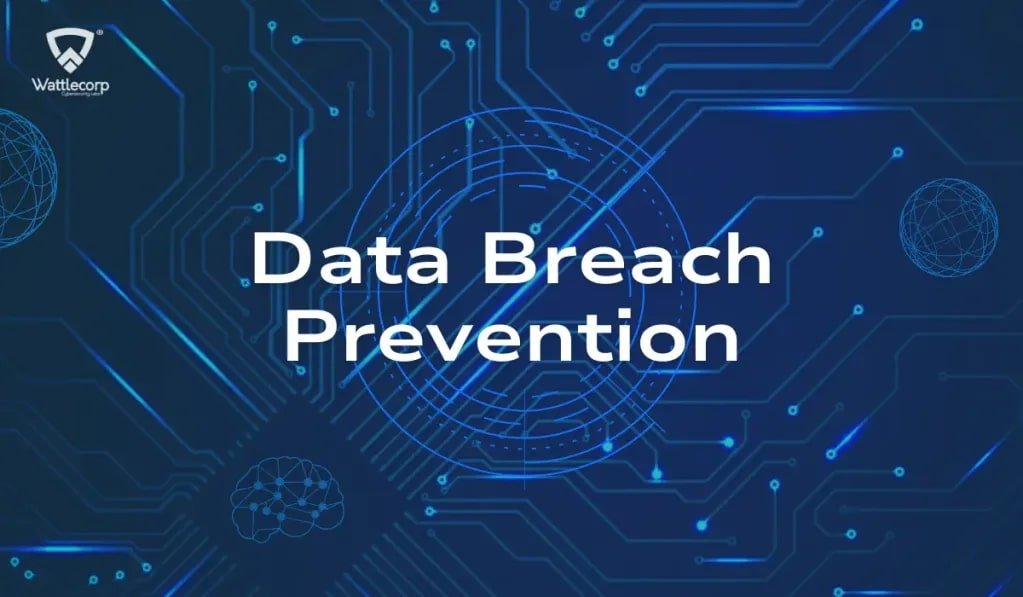In an era defined by Social connectivity,(12.8kk dump mix.txt) data breaches have emerged as a critical challenge, impacting individuals and organizations worldwide.
One alarming incident that has captured public attention is the 12.8 million data dump, known as mix.txt.
This article aims to unpack the details surrounding this significant breach, explore the underlying causes, and discuss actionable strategies to mitigate the associated risks.
What Is The 12.8 Million Data Dump?
The 12.8 million data dump, also known as mix.txt, is an extensive repository of compromised data, including millions of usernames, passwords, email addresses, and various other forms of personally identifiable information (PII).
Such dumps are frequently traded on underground forums or sold on the dark web, posing grave threats to individual privacy and organizational security.

Understanding the magnitude and nature of these breaches is crucial for fostering awareness about data security.
Current Trends In Data Breaches
Data breaches are on the rise. In 2021, the Identity Theft Resource Center reported over 1,862 data breaches in the United States alone, exposing approximately 298 million records.
The average cost of a data breach has reached $4.24 million in 2021, emphasizing the financial repercussions organizations face.
Key Factors Contributing To Data Breaches
Exploitation of Security Vulnerabilities
Cybercriminals consistently target security vulnerabilities, such as unpatched software and misconfigured servers.
By exploiting these weaknesses, attackers can gain unauthorized access to sensitive data, underscoring the necessity for robust cybersecurity practices.
Weak Password Practices
Many individuals and organizations continue to use weak or easily guessable passwords.
Research indicates that a significant percentage of people reuse passwords across multiple platforms, making it simpler for attackers to compromise accounts. Implementing strong password policies is crucial.
Insider Threats
Data breaches can also stem from insider threats, where employees inadvertently expose sensitive information through negligence or, in some cases, intentionally leak data for personal gain. Organizations must acknowledge that threats can originate from within their ranks.
Phishing Attacks
Phishing remains one of the most prevalent methods for initiating data breaches.
Cybercriminals often deploy deceptive emails and fraudulent websites to trick users into disclosing their credentials, leading to substantial data leaks.
Causes Of Data Breaches
The ramifications of data breaches can be severe and far-reaching, including:
Identity Theft
Compromised data can facilitate identity theft, where malicious actors impersonate individuals to commit fraud.

Financial Loss
Both consumers and businesses may experience significant financial repercussions due to fraudulent activities stemming from data breaches.
Reputational Damage
Organizations may suffer irreparable harm to their reputation, leading to lost customers and diminished trust.
Legal Penalties
Entities failing to protect user data adequately may face legal consequences and hefty fines under regulations like GDPR and CCPA.
Read: Understanding The Risks & More: 209-379-4351 Is It A Scam?
The Impact Of Remote Work On Data Security
The shift to remote work has significantly altered the cybersecurity landscape. Employees accessing corporate networks from unsecured home environments pose a heightened risk of data breaches.
Organizations must adapt their security protocols to address vulnerabilities associated with remote access, such as securing endpoints and enhancing VPN security.
Notable Data Breach Case Studies
Equifax (2017)
A vulnerability in a web application framework led to the exposure of sensitive information for 147 million people.
This breach highlighted the importance of timely software updates and vulnerability management.
Target (2013)
A data breach affecting 40 million credit and debit card accounts occurred during the holiday shopping season.
The breach was traced back to a third-party vendor, emphasizing the risks associated with third-party access.
Effective Protection Strategies Against Data Breaches
To combat the increasing frequency of data breaches, individuals and organizations must adopt robust security measures, including:

Strengthen Security Protocols
Regularly update and maintain software and security protocols to defend against evolving cyber threats. Implementing multi-factor authentication can also enhance security.
Adopt Strong Password Policies
Promote the use of complex and unique passwords for each account, coupled with regular password changes. Consider implementing a password manager to facilitate secure password management.
Utilize Data Encryption
Encrypting sensitive data renders it unreadable to unauthorized users, significantly mitigating the risk of exposure in the event of a breach.
Invest in Employee Training
Conduct regular training sessions to equip employees with the skills to recognize phishing attempts and to promote good data hygiene practices.
Conduct Monitoring and Auditing
Regular audits and continuous monitoring can help identify vulnerabilities and potential breaches before they escalate, allowing for proactive intervention.
Ethical Considerations In Data Management
Ethical considerations must take precedence when addressing data dumps. Organizations must adhere to regulations such as the General Data Protection Regulation (GDPR) and the California Consumer Privacy Act (CCPA).
Transparency in data handling practices and implementing data anonymization techniques are essential steps to safeguarding individuals’ privacy.
Emerging Technologies In Data Protection
Innovative technologies such as artificial intelligence and machine learning are transforming data security.

These technologies can analyze patterns, detect anomalies, and provide predictive analytics to thwart potential breaches before they occur.
Organizations are increasingly leveraging AI-driven security solutions to enhance their defenses against cyber threats.
Regulatory Landscape
The regulatory landscape for data protection is continuously evolving. The General Data Protection Regulation (GDPR) in Europe and the California Consumer Privacy Act (CCPA) in the United States set strict guidelines for data handling and user privacy.
Organizations must comply with these regulations to avoid hefty fines and maintain customer trust.
Read: The Rise of Editorial Fashion Art Witch!
Conclusion:
The 12.8 million data dump serves as a stark reminder of the urgent need for heightened awareness and proactive measures to protect both personal and organizational data.
By understanding the causes and consequences of data breaches and implementing effective security strategies, we can significantly improve our defenses against these ever-evolving threats.
In an increasingly interconnected world, prioritizing data security is not just an option it is a necessity.
FAQs:
What should I do if I suspect my data has been compromised?
If you suspect your data has been compromised, immediately change your passwords, enable two-factor authentication where possible, and monitor your accounts for any unauthorized activity.
How can organizations improve their data breach response plans?
Organizations can improve their data breach response plans by conducting regular risk assessments, implementing an incident response team, and engaging in simulation exercises.
Are all data breaches publicized?
No, not all data breaches are publicized. Many organizations may choose not to disclose breaches, especially if they believe they can contain the situation without external help.
What role does employee training play in preventing data breaches?
Employee training is crucial in preventing data breaches. Educating staff about security best practices, phishing scams, and safe data handling can significantly reduce the risk of accidental breaches caused by negligence or lack of awareness.
What types of personal information are most commonly targeted in data breaches?
Personal information commonly targeted in data breaches includes names, email addresses, phone numbers, Social Security numbers, financial information (like credit card numbers), and login credentials.
How do data breaches impact consumer trust in organizations?
Data breaches can severely damage consumer trust in organizations. Customers may lose confidence in a company’s ability to protect their personal information, which can lead to decreased sales, a tarnished reputation, and long-term loyalty issues.
What are the financial implications of a data breach for a company?
The financial implications of a data breach can be significant, including costs related to forensic investigations, legal fees, regulatory fines, and increased insurance premiums.
How can encryption help in preventing data breaches?
Encryption protects sensitive data by converting it into an unreadable format for unauthorized users. Even if data is accessed without permission, encrypted information remains secure, thus reducing the risk of data breaches.
What is the role of cybersecurity frameworks in preventing data breaches?
Cybersecurity frameworks provide organizations with guidelines and best practices for managing their security posture. By implementing these frameworks, businesses can identify vulnerabilities, enforce security policies, and establish a culture of cybersecurity.
What should I look for in a cybersecurity solution to protect against data breaches?
When choosing a cybersecurity solution, look for features such as real-time threat detection, data encryption, regular updates, user training modules, incident response support, and compliance with relevant regulations to ensure comprehensive protection against data breaches.
Read: Navigating Newznav.com Crypto Archives Page for Success!





